At CarMax Vehicle, we understand that the backbone of the transportation sector lies in the dedication and safety of truck drivers. Daily safety messages play a pivotal role in fostering a culture of safety, reducing accidents, and enhancing overall operational efficiency. This comprehensive guide delves into the significance, strategies, and practical implementations of daily safety messages for truck drivers, ensuring that every journey is as safe as it is efficient.
The Importance of Daily Safety Messages
Enhancing Awareness and Vigilance
Daily safety messages serve as constant reminders for truck drivers to stay aware of potential hazards. By reinforcing safety protocols every day, drivers remain vigilant against risks that could otherwise be overlooked in the hustle of daily operations.
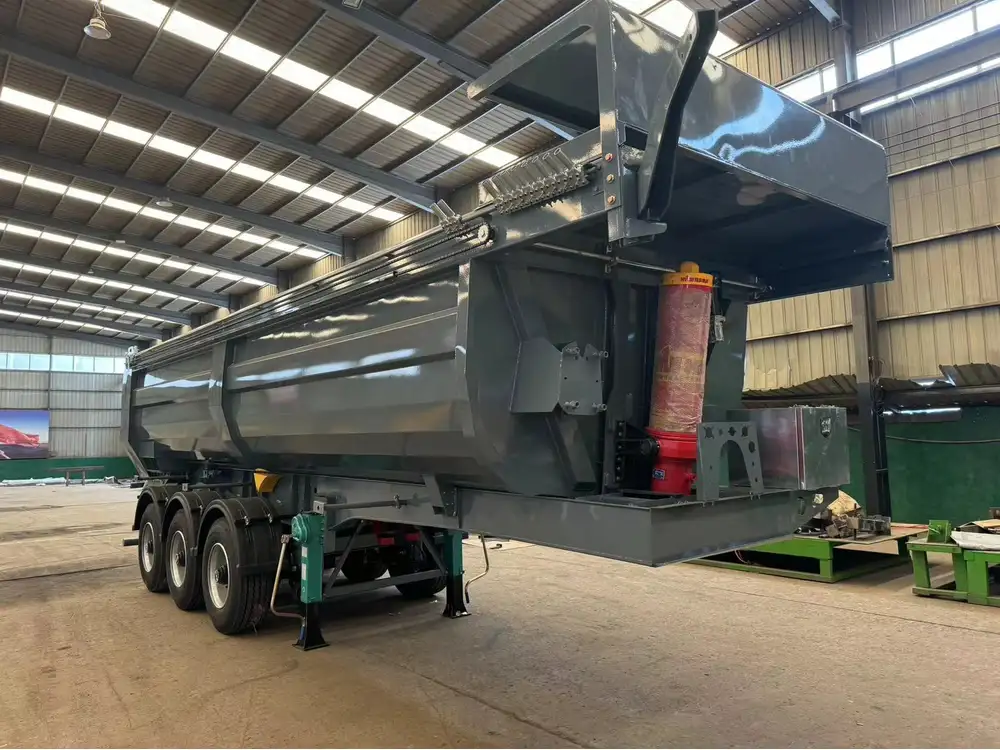
Reducing Accidents and Incidents
Regular safety briefings have been statistically proven to reduce the occurrence of accidents. They keep safety at the forefront of drivers’ minds, leading to more cautious driving behaviors and adherence to best practices.
Promoting a Safety-First Culture
A persistent focus on safety fosters a culture where every driver prioritizes safe driving. This collective mindset is essential for minimizing risks and ensuring that safety is ingrained in every aspect of operations.
Key Components of Effective Daily Safety Messages
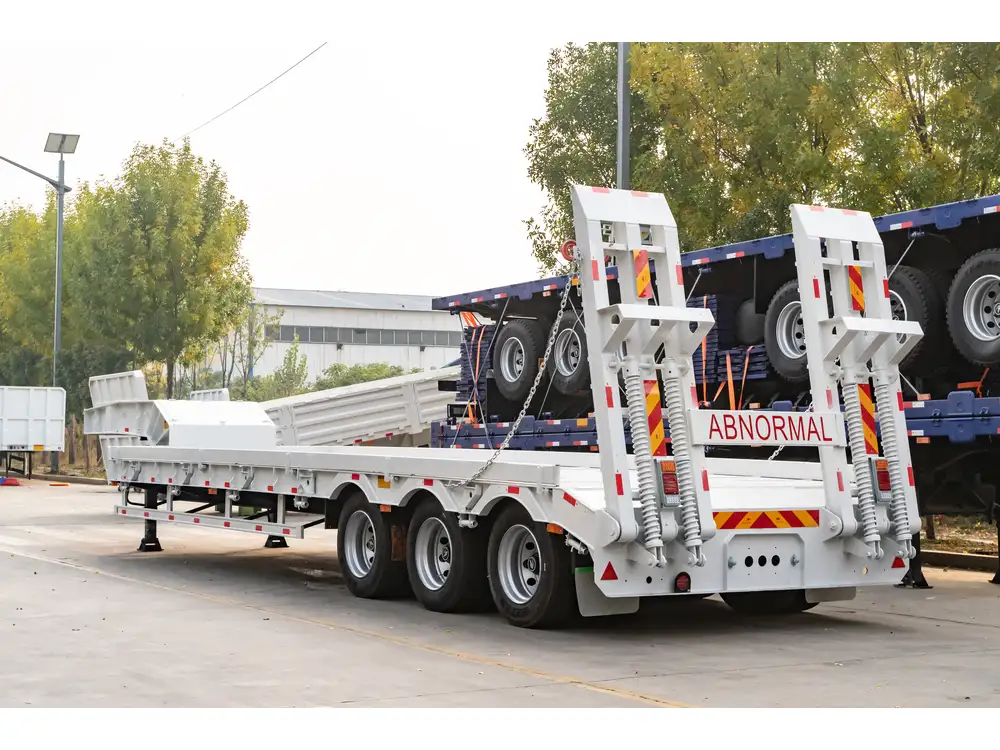
Clear and Concise Communication
Messages should be straightforward, avoiding jargon and ensuring that all drivers, regardless of their experience level, can comprehend the information.
Relevance to Current Conditions
Tailoring messages to current weather conditions, roadwork, or seasonal hazards makes the information immediately applicable and useful.
Engaging Delivery Methods
Utilizing various formats such as morning huddles, digital displays, or mobile alerts keeps the messages engaging and prevents them from becoming monotonous.

Consistency and Routine
Establishing a consistent time and method for delivering safety messages ensures that drivers anticipate and pay attention to the information shared.
Top Daily Safety Topics for Truck Drivers
1. Vehicle Inspection and Maintenance
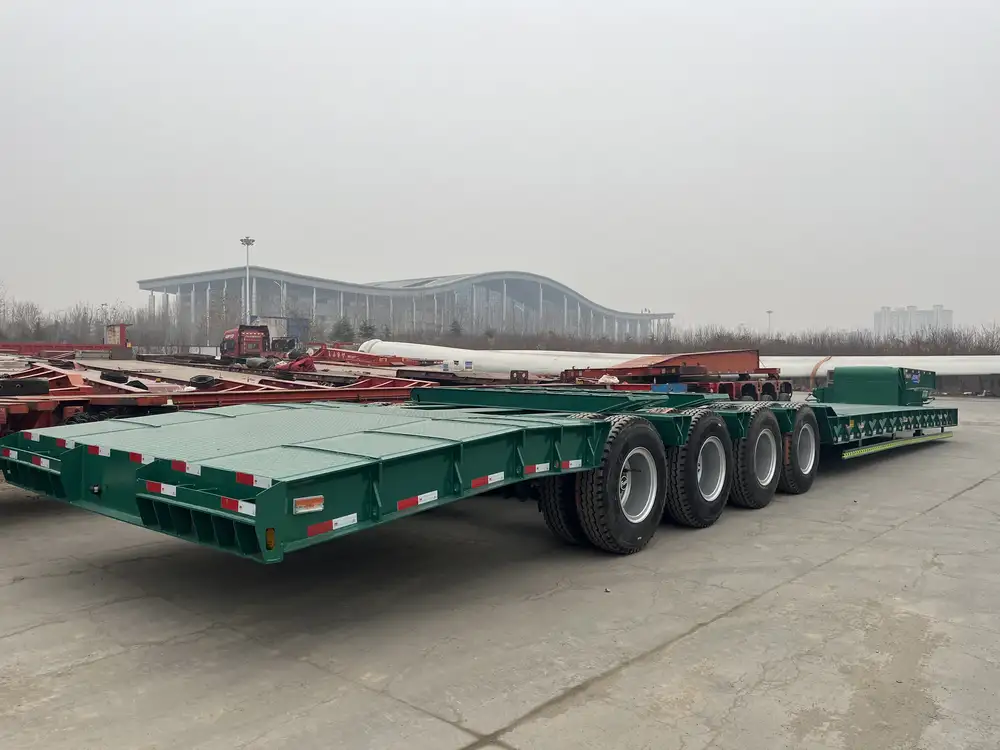
Importance of Pre-Trip Inspections
Ensuring that the truck and trailer are in optimal condition before every trip is crucial. Daily inspections can identify potential issues such as tire wear, brake functionality, and lighting systems.
Checklist for Daily Inspections
| Inspection Area | Key Points to Check |
|---|---|
| Tires | Tread depth, pressure, any visible damage |
| Brakes | Functionality, wear indicators, fluid levels |
| Lights and Signals | Headlights, brake lights, turn signals |
| Engine and Fluids | Oil levels, coolant, hoses for leaks |
| Load Security | Properly secured cargo, absence of shifting |
2. Safe Driving Practices

Speed Management
Maintaining appropriate speed limits based on road conditions, weather, and traffic is vital for preventing accidents.
Following Distance
Keeping a safe distance from the vehicle ahead allows ample time to react to sudden stops or changes in traffic flow.
Avoiding Distractions
Minimizing distractions such as mobile device usage or loud music ensures that drivers remain focused on the road.

3. Handling Adverse Weather Conditions
Strategies for Different Weather Types
- Rain: Reduce speed, increase following distance, and ensure windshield wipers are functioning.
- Snow/Ice: Utilize appropriate tires, drive slowly, and avoid sudden maneuvers.
- Fog: Use fog lights, reduce speed, and rely on road markings for guidance.
Preparing the Truck for Weather Changes
Ensuring that the vehicle is equipped with necessary gear such as chains, de-icing tools, and adequate lighting can mitigate the challenges posed by adverse weather.
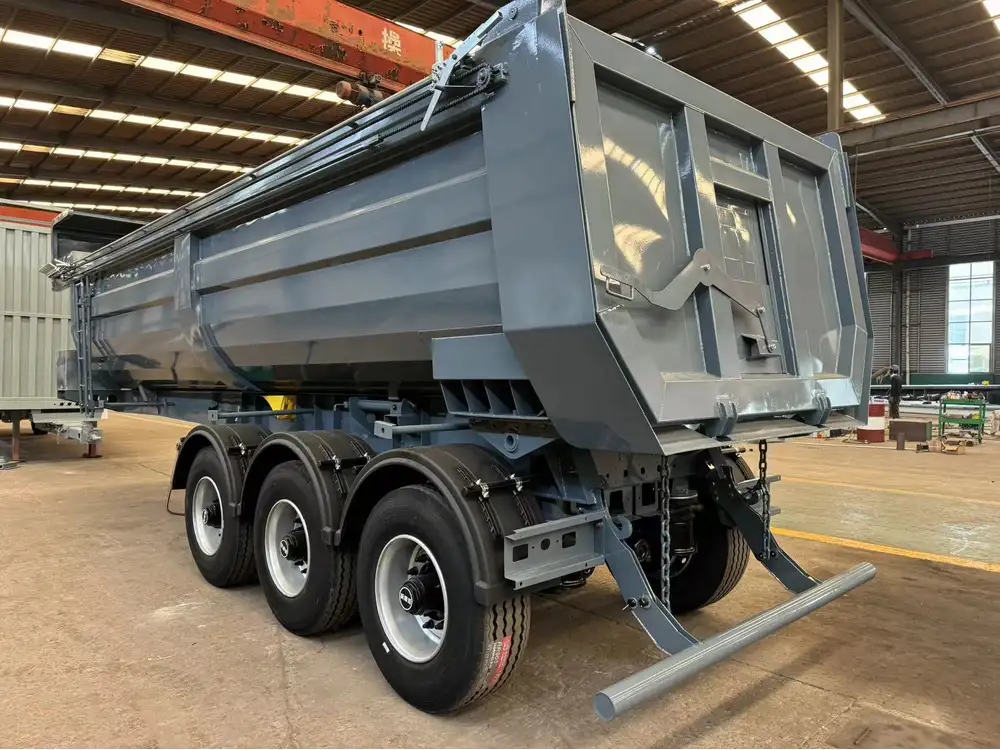
4. Fatigue Management
Recognizing Signs of Driver Fatigue
Symptoms include yawning, difficulty focusing, and irritability. Early recognition can prevent accidents caused by impaired driving.
Implementing Rest Breaks
Scheduling regular breaks and adhering to Hours of Service (HOS) regulations helps maintain driver alertness and overall health.
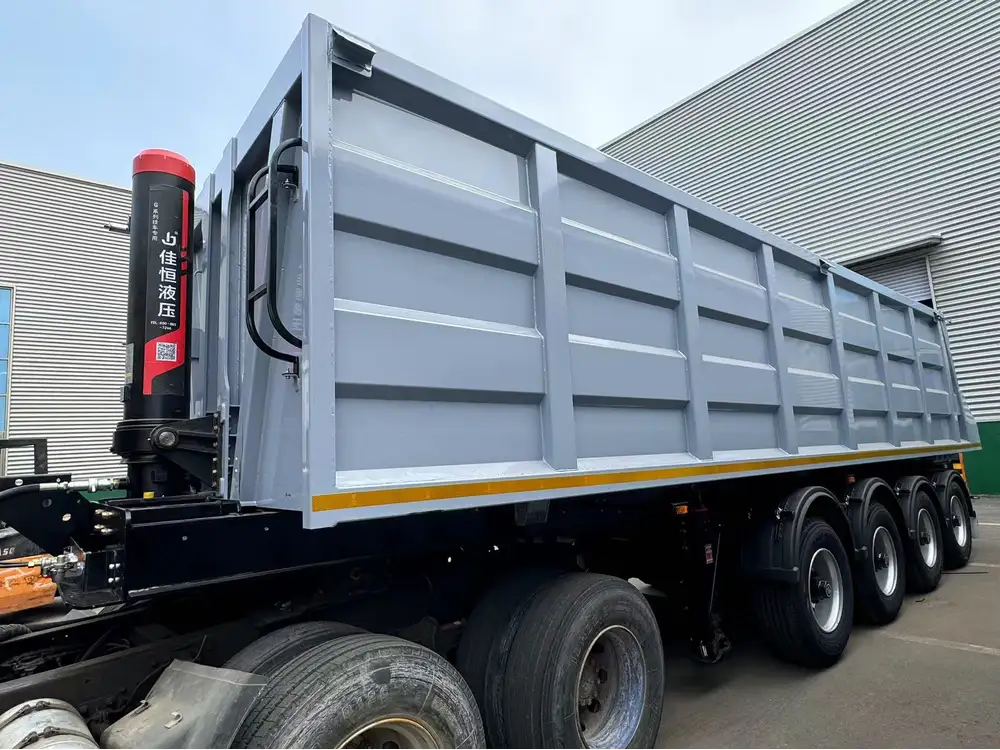
5. Load Securement
Proper Securing Techniques
Using appropriate tie-downs, ensuring even weight distribution, and regularly checking the load during transit prevent cargo from shifting or falling.
Legal Requirements and Compliance
Understanding and adhering to federal and state regulations regarding load securement avoids legal repercussions and ensures safety on the roads.
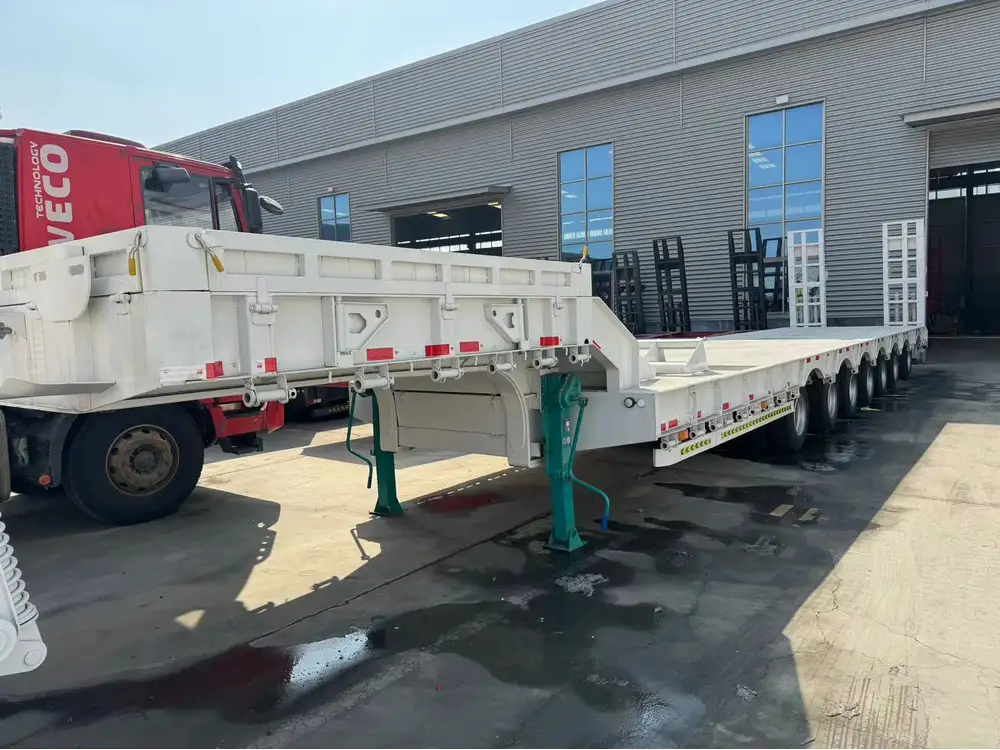
Implementing Daily Safety Messages: Step-by-Step Guide
Step 1: Assessing Driver Needs and Risks
Conducting a thorough assessment of the specific risks and needs of your drivers is essential. This involves analyzing accident reports, driver feedback, and common challenges faced during operations.
Step 2: Developing Relevant Safety Topics
Based on the assessment, curate a list of safety topics that address the identified risks. Prioritize topics that have the most significant impact on safety and operational efficiency.
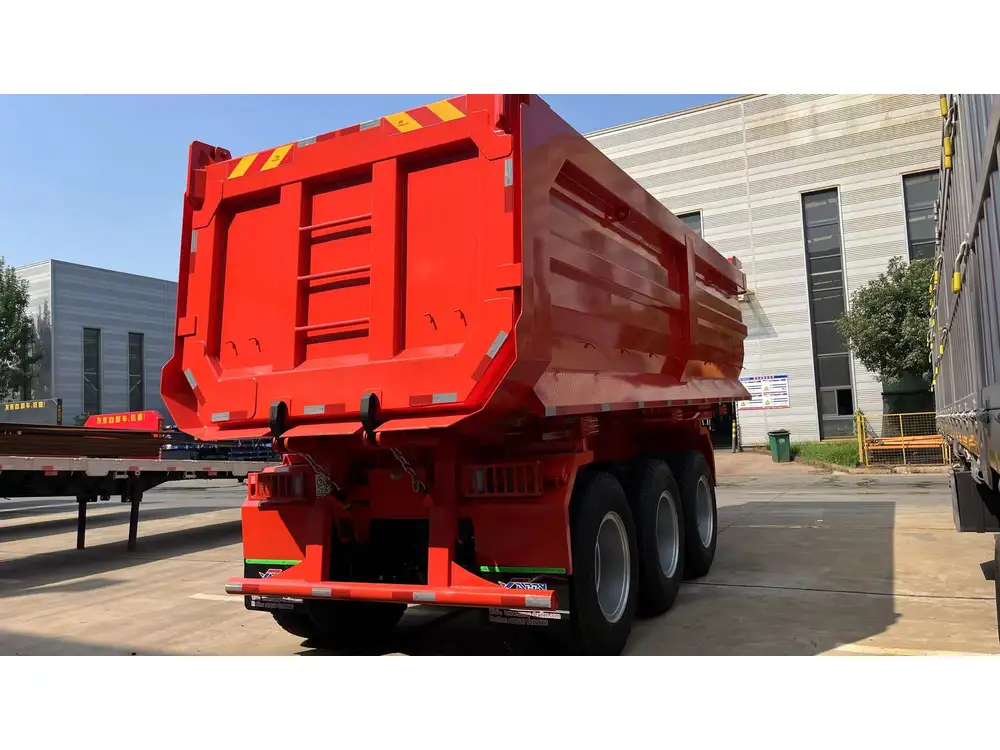
Step 3: Creating Engaging Content
Develop content that is not only informative but also engaging. Use storytelling, real-life examples, and interactive elements to capture drivers’ attention.
Step 4: Choosing the Right Delivery Channels
Select the most effective channels for disseminating safety messages. Options include:
- Morning Briefings: Quick, face-to-face meetings to discuss daily safety topics.
- Digital Displays: Screens in the truck yard or maintenance areas showcasing safety tips.
- Mobile Alerts: SMS or app notifications providing timely safety reminders.
Step 5: Encouraging Feedback and Interaction
Foster an environment where drivers feel comfortable sharing their insights and feedback on safety messages. This dialogue can lead to more relevant and effective safety communications.

Step 6: Monitoring and Evaluating Effectiveness
Regularly assess the impact of safety messages through metrics such as accident rates, driver compliance, and feedback surveys. Use this data to refine and enhance your safety communication strategy.
Leveraging Technology for Enhanced Safety Messaging
Digital Platforms and Apps
Utilizing specialized apps and digital platforms can streamline the delivery of safety messages, making them accessible anytime and anywhere.

Interactive Training Modules
Incorporating interactive elements such as quizzes, videos, and simulations can make safety training more engaging and effective.
Real-Time Data Integration
Integrating real-time data from vehicle telematics can provide contextual safety messages based on current driving conditions and behaviors.
The Role of Management in Promoting Safety
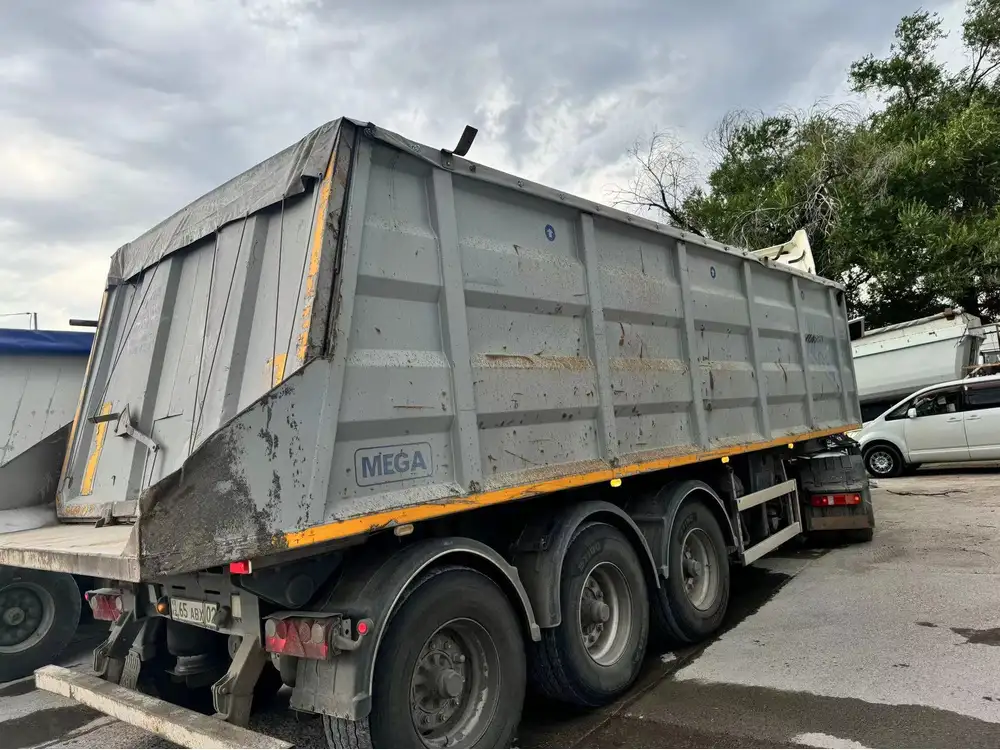
Leading by Example
Management must demonstrate a commitment to safety by adhering to protocols and prioritizing safety in all decision-making processes.
Providing Adequate Training and Resources
Ensuring that drivers have access to comprehensive training and necessary safety resources is fundamental to fostering a safe driving environment.
Recognizing and Rewarding Safe Behavior
Acknowledging and rewarding drivers who consistently follow safety protocols encourages others to do the same, reinforcing a culture of safety.
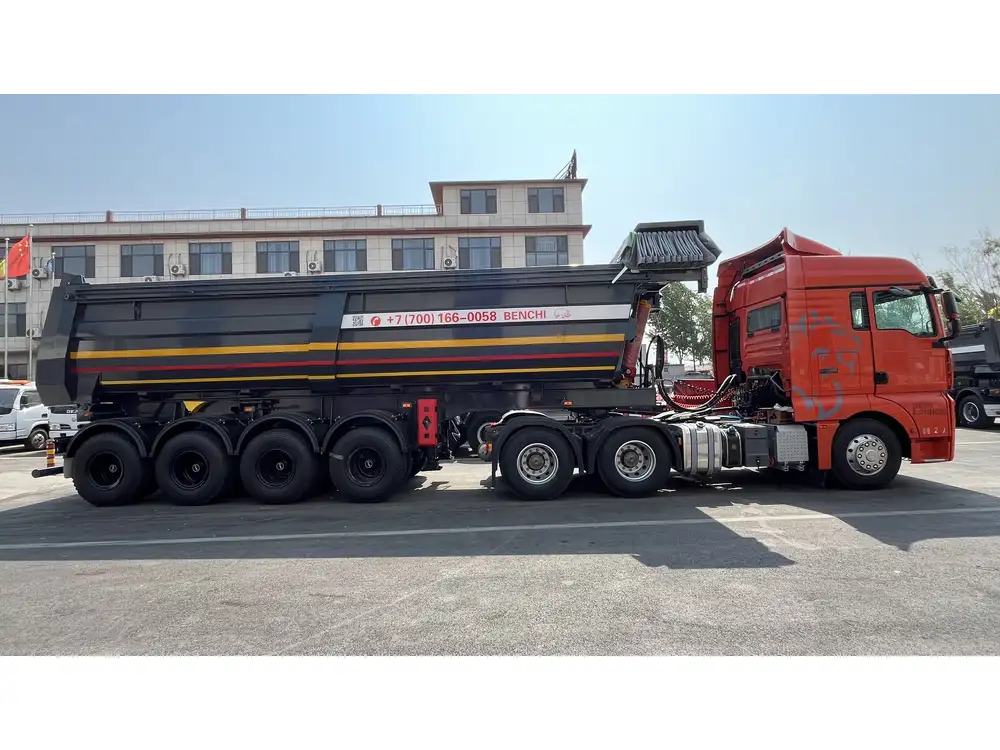
Case Study: CarMax Vehicle’s Approach to Driver Safety
CarMax Vehicle has implemented a robust safety messaging system that has significantly improved driver safety and operational efficiency. By integrating daily safety messages into their routine operations, CarMax ensures that their drivers are well-informed, vigilant, and equipped to handle the various challenges of the road.
Key Strategies Employed
- Customized Safety Content: Tailoring messages to address the specific needs and risks faced by their drivers.
- Multi-Channel Delivery: Utilizing a combination of morning briefings, digital displays, and mobile alerts to ensure messages reach drivers effectively.
- Continuous Improvement: Regularly updating safety messages based on driver feedback and evolving industry standards.
Outcomes Achieved
- Reduction in Accidents: A noticeable decrease in accident rates due to heightened driver awareness and adherence to safety protocols.
- Increased Driver Engagement: Higher levels of participation in safety training and a greater sense of responsibility towards maintaining safety standards.
- Enhanced Operational Efficiency: Fewer disruptions caused by accidents and improved overall productivity.
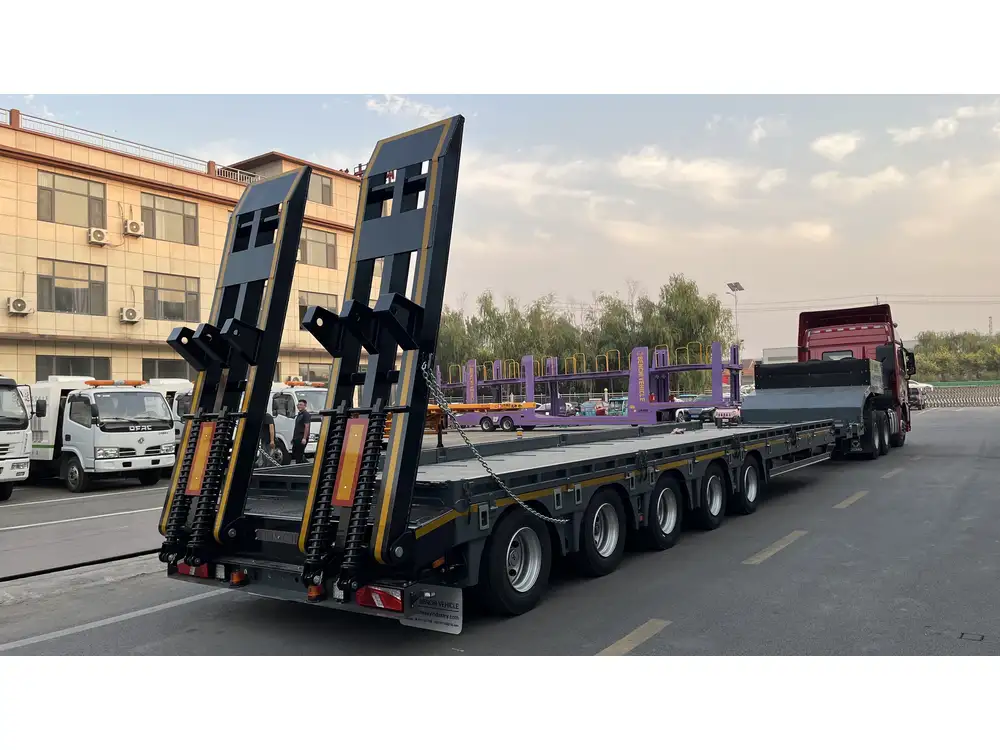
Best Practices for Crafting Daily Safety Messages
Keep It Short and Focused
Each safety message should address a single topic clearly and succinctly, avoiding information overload.
Use Clear and Direct Language
Employ straightforward language that leaves no room for misinterpretation, ensuring that drivers fully understand the message.
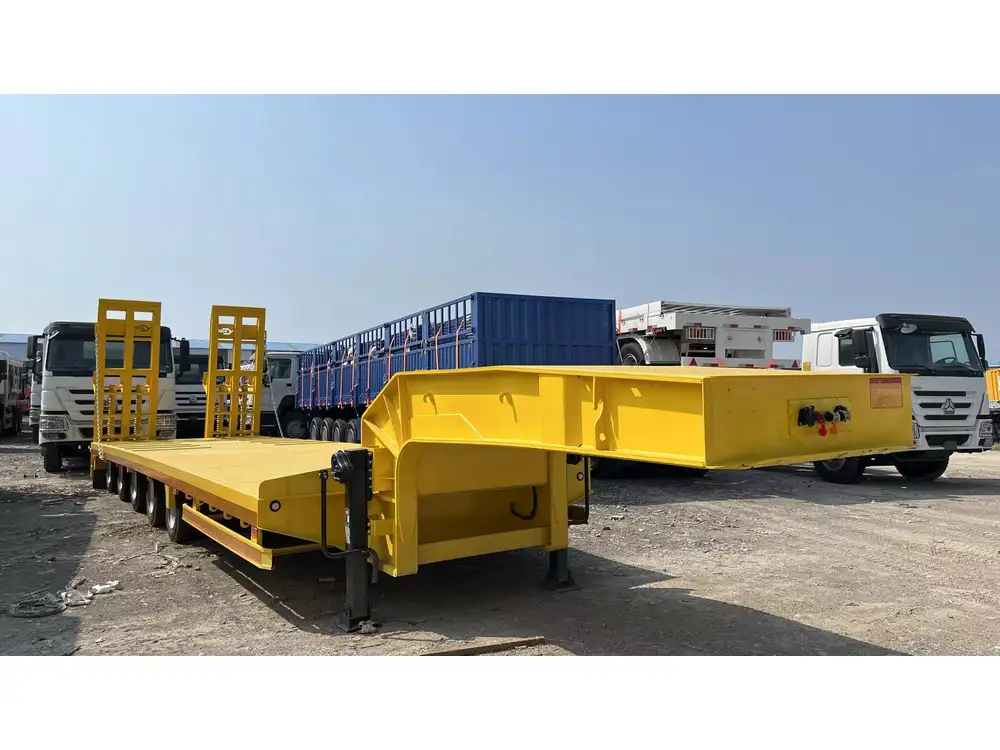
Incorporate Visual Aids
Utilizing images, infographics, and charts can enhance comprehension and retention of safety information.
Encourage Driver Participation
Involve drivers in the creation and dissemination of safety messages to increase relevance and ownership.
Regularly Update Content
Keeping safety messages current and aligned with the latest industry standards and regulations ensures ongoing effectiveness.

Measuring the Impact of Safety Messages
Key Performance Indicators (KPIs)
Track metrics such as accident rates, near-miss incidents, compliance rates, and driver feedback to gauge the effectiveness of safety messages.
Regular Surveys and Feedback Sessions
Conducting surveys and holding feedback sessions provides insights into drivers’ perceptions and the usefulness of the safety messages.

Continuous Improvement
Use the collected data to make informed adjustments to your safety messaging strategy, ensuring it remains effective and relevant.
Integrating Safety Messaging with CarMax Vehicle’s Products
Safety Features in CarMax Trailers
CarMax Vehicle integrates advanced safety features in its trailers, such as:
- Enhanced Braking Systems: Providing reliable stopping power for varying loads and conditions.
- Sturdy Load Securing Mechanisms: Ensuring cargo remains secure during transit.
- Visibility Enhancements: Including LED lighting and reflective surfaces for better visibility in low-light conditions.
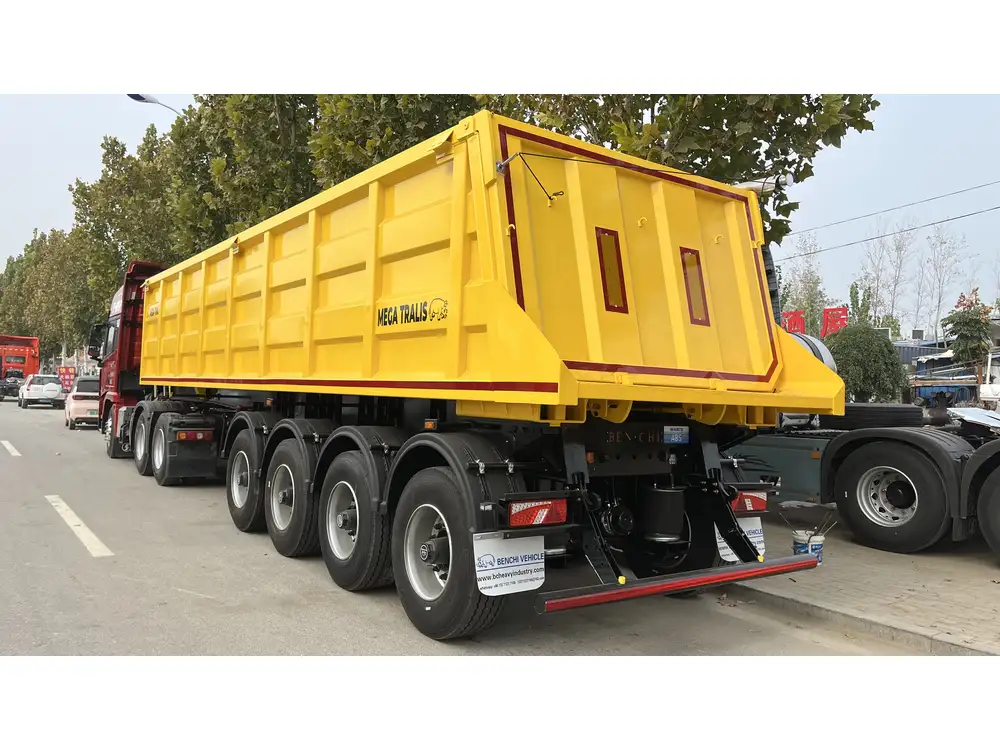
Training on Product-Specific Safety
Providing drivers with training on the unique safety features of CarMax Trailers ensures they maximize the benefits of these technologies, further enhancing safety on the roads.
Feedback Loop for Product Improvement
Encouraging drivers to provide feedback on trailer performance and safety features helps CarMax Vehicle continuously improve product design and functionality.
Conclusion
Daily safety messages are an indispensable tool in promoting a culture of safety among truck drivers. By implementing structured, engaging, and relevant safety communications, CarMax Vehicle ensures that our drivers are well-equipped to handle the challenges of the road, leading to reduced accidents, enhanced operational efficiency, and a safer working environment for all.

Frequently Asked Questions
1. How often should daily safety messages be updated?
Daily safety messages should be reviewed and updated regularly to reflect current conditions, emerging risks, and feedback from drivers. This ensures that the information remains relevant and effective.
2. What are the most critical safety topics to cover daily?
Key topics include vehicle inspections, safe driving practices, handling adverse weather conditions, fatigue management, and load securement. These areas address the most common risks faced by truck drivers.

3. How can technology enhance the effectiveness of safety messages?
Technology facilitates the timely and varied delivery of safety messages through digital platforms, interactive training modules, and real-time data integration, making the messages more accessible and engaging for drivers.
4. What role does management play in promoting safety?
Management must lead by example, provide adequate training and resources, and recognize and reward safe behavior to cultivate a safety-first culture within the organization.
5. How does CarMax Vehicle ensure the safety of its trailers?
CarMax Vehicle incorporates advanced safety features such as enhanced braking systems, sturdy load securing mechanisms, and visibility enhancements in its trailers. Additionally, we provide comprehensive training to drivers on these features to ensure optimal safety.



